Understanding the CSS Box Model: Margin, Border, and Padding
 Abbas Sakarwala
Abbas Sakarwala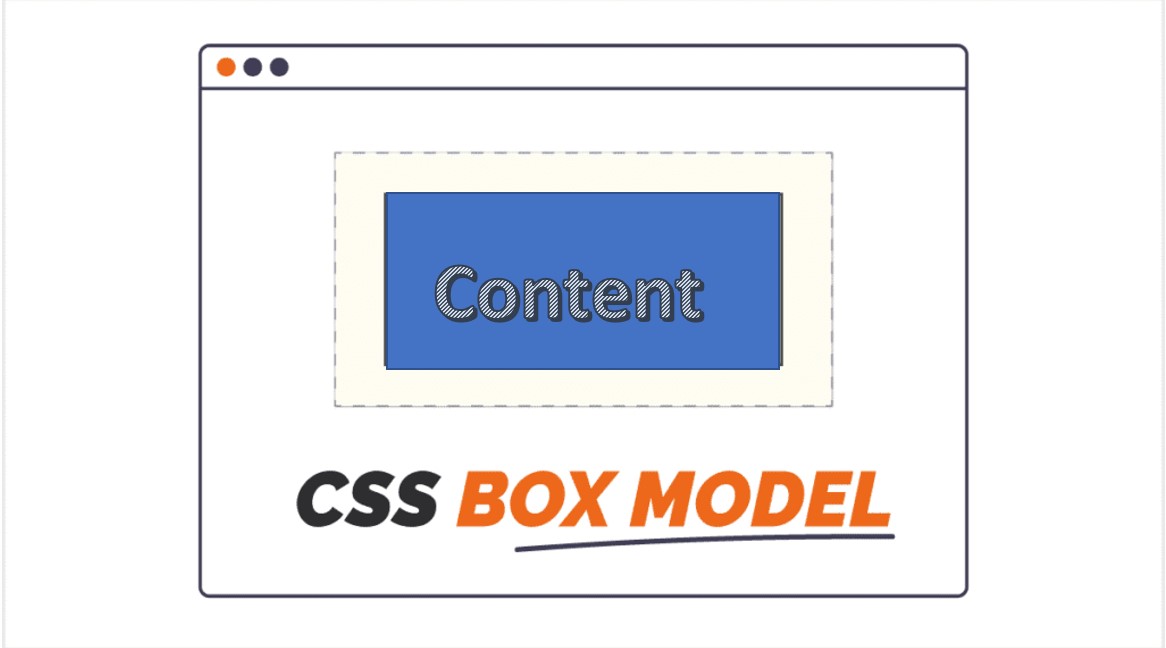
Definition:
Every HTML element is a box, and the CSS box model defines how the size and spacing of these boxes are calculated.
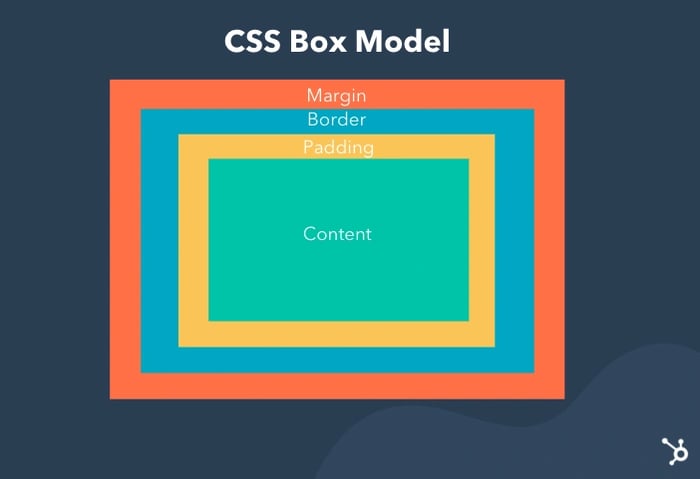
Breaking Down the CSS Box Model
Content
What it is: The actual content inside the box (text, images, etc.).
Example: "Think of it as the items inside a gift box – it could be chocolates or a book!"
Code Example:
<div style="width: 100px; height: 50px;">This is the content!</div>Output:
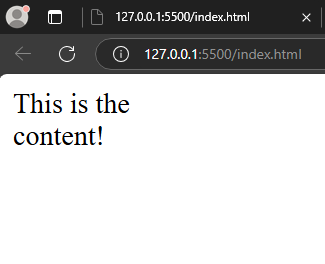
Padding
What it is: The space between the content and the border.
Analogy: "Padding is like the bubble wrap protecting the gift inside the box."
Code Example:
<div style="padding: 20px; background-color: lightblue;"> Padded Content </div>Output:

Border
What it is: The line surrounding the padding and content.
Analogy: "The border is the box itself – its thickness and style define how sturdy or decorative the gift box appears."
Code Example:
<div style="border: 5px solid black; height: 100px; width: 100px;">Box with a border</div>Output:
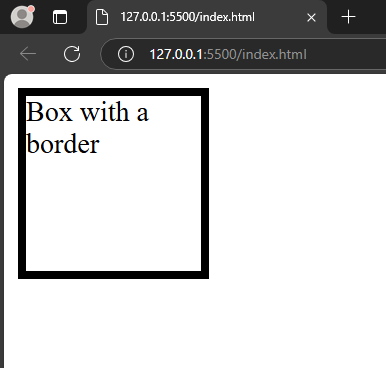
Margin
What it is: The space outside the border, separating this box from other elements.
Analogy: "Margin is like the table space around the gift box that keeps it from touching other boxes."
Code Example:
<div style="margin: 20px;">Margin Example</div>Output:
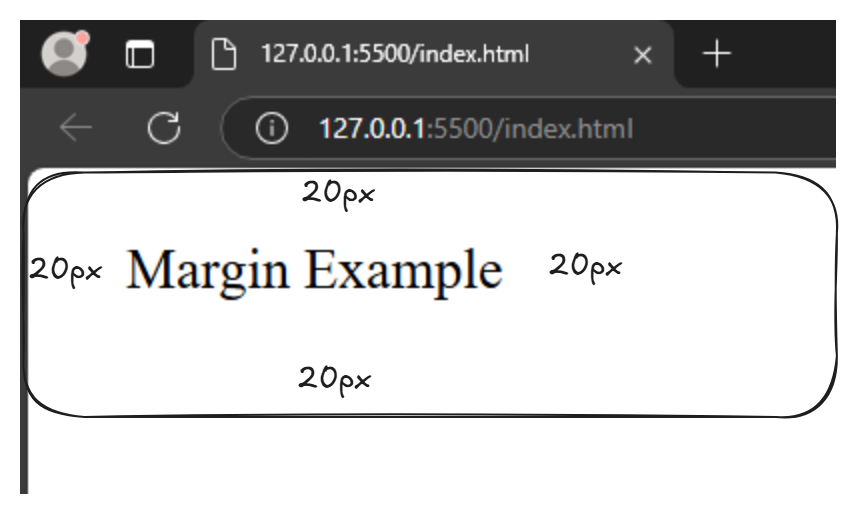
Flowchart of Box-Model:
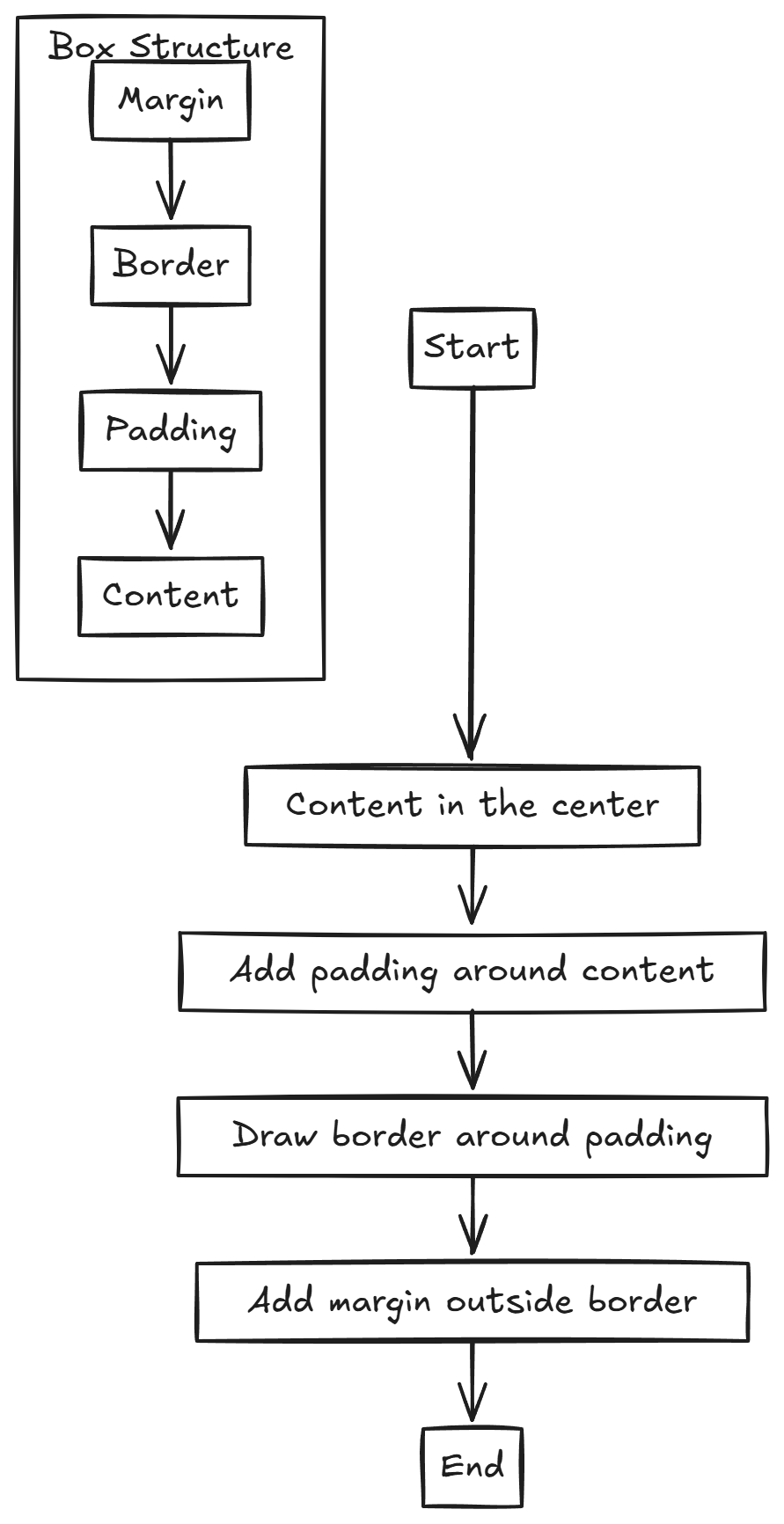
Visual Example:
Code:
<!DOCTYPE html>
<html lang="en">
<head>
<meta charset="UTF-8">
<meta name="viewport" content="width=device-width, initial-scale=1.0">
<title>CSS Box Model Example</title>
<style>
.box-model-example {
width: 200px;
height: 100px;
padding: 20px;
border: 5px solid red;
margin: 20px;
background-color: lightgray;
}
</style>
</head>
<body>
<div class="box-model-example">
Box Model Example
</div>
</body>
</html>
Output:
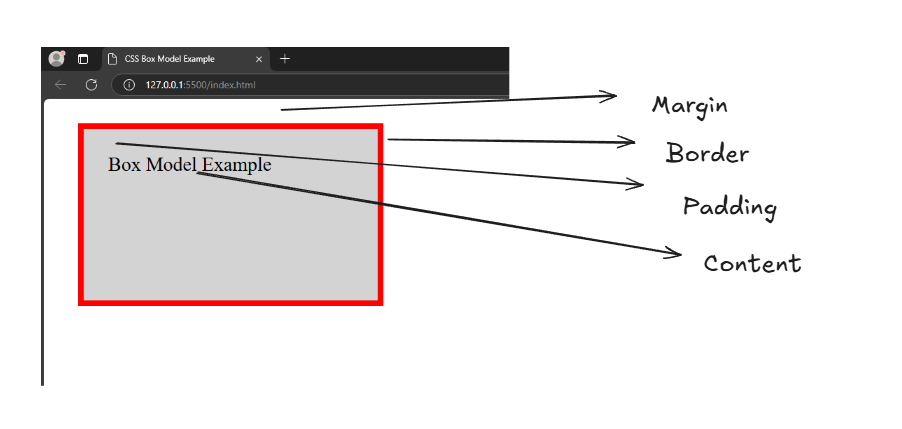
Conclusion:
Understanding the CSS box model is fundamental to creating clean and organized web layouts. By visualizing each element as a box with layers—content at the core, padding as the protective cushion, the border as the defining edge, and the margin as the external breathing space—you gain precise control over spacing and design. This knowledge allows you to troubleshoot layout issues, align elements effectively, and build visually appealing web pages with ease. Mastering the box model will empower you to bring your creative ideas to life in the digital world. So, start experimenting and watch your designs take shape!
Subscribe to my newsletter
Read articles from Abbas Sakarwala directly inside your inbox. Subscribe to the newsletter, and don't miss out.
Written by
